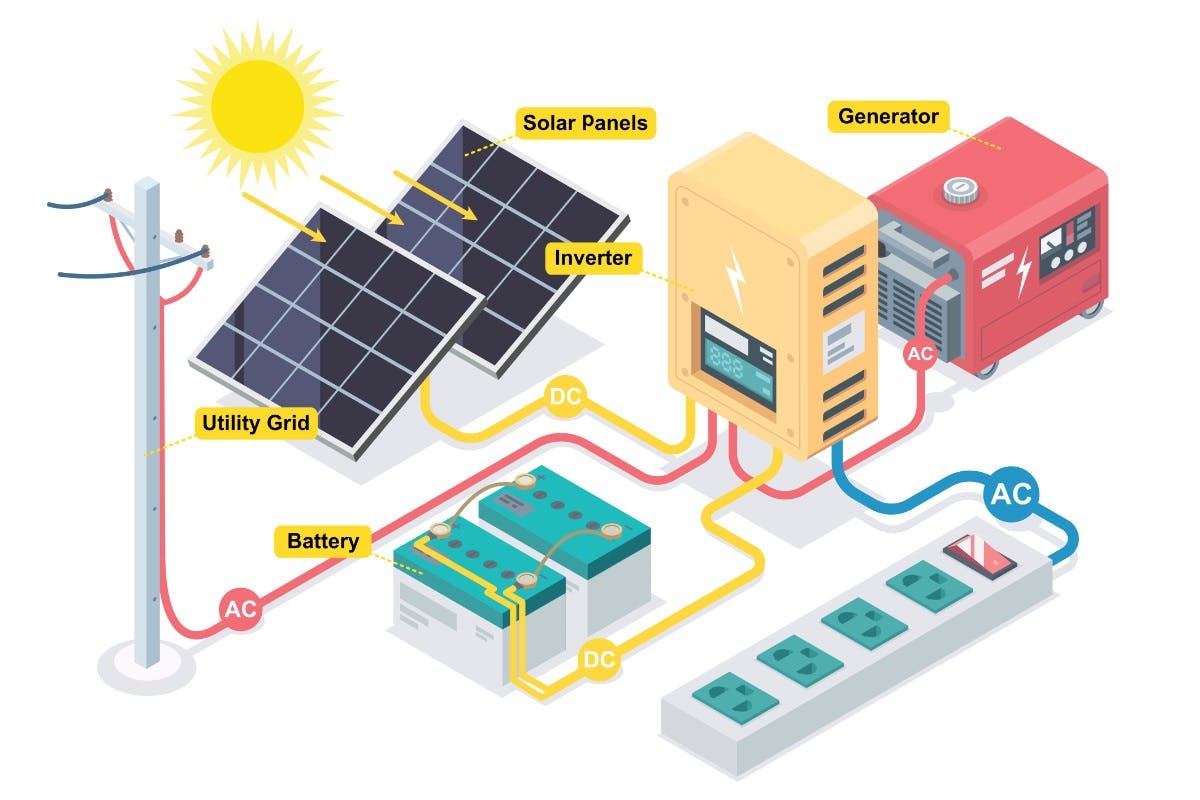
With the increasing focus on sustainable living and reducing our carbon footprint, more homeowners are turning to solar energy as a clean and renewable source of power for their homes. One of the key components of a solar energy system is the inverter, which converts the direct current (DC) electricity produced by the solar panels into alternating current (AC) electricity that can be used to power your home. While traditional inverters serve this purpose, a hybrid inverter offers additional benefits and flexibility that can maximize the efficiency and effectiveness of your solar energy system. In this practical guide, we will explore the benefits of using a hybrid inverter and how homeowners can unlock the full power of solar energy for their homes.
The Basics of Solar Energy Systems
Solar energy systems consist of solar panels, inverters, and a connection to the electrical grid. Solar panels capture sunlight and convert it into electricity, which is then sent to the inverter for conversion into usable AC power. Traditional inverters are designed to convert DC to AC power and work by either sending excess electricity back to the grid or storing it in batteries for later use. However, a hybrid inverter (also known as 'hybride omvormer' in the Dutch Language) offers homeowners more control and flexibility over their solar energy system.
Key Benefits of Hybrid Inverters
- Hybrid inverters can store excess electricity for later use, allowing homeowners to maximize self-consumption and reduce reliance on the grid.
- They can switch between grid-tied and off-grid modes, providing backup power during grid outages.
- Hybrid inverters are compatible with battery storage systems, allowing homeowners to further enhance their energy independence and resilience.
- They offer advanced monitoring and control features, enabling homeowners to track their energy production and consumption in real time.
How to Maximize the Power of Solar Energy with a Hybrid Inverter
Now that you understand the benefits of using a hybrid inverter, here are some practical tips to help you maximize the power of solar energy for your home:
- Size your solar energy system appropriately to meet your energy needs and take full advantage of the hybrid inverter's capabilities.
- Consider adding battery storage to your system to increase self-consumption and provide backup power during outages.
- Monitor your energy production and consumption regularly to identify opportunities for optimization and energy savings.
- Explore incentives and rebates available for solar energy and battery storage installations to maximize your return on investment.
- Work with a reputable solar energy provider to design and install a customized system that meets your specific needs and goals.
Conclusion
By investing in a hybrid inverter for your solar energy system, you can unlock the full power of solar energy for your home and enjoy greater energy independence, efficiency, and resilience. With its advanced features and capabilities, a hybrid inverter offers homeowners a practical and sustainable solution for reducing their carbon footprint and energy costs. By following the guidelines outlined in this practical guide, you can make the most of your solar energy system and maximize the benefits of clean, renewable energy for your home.
